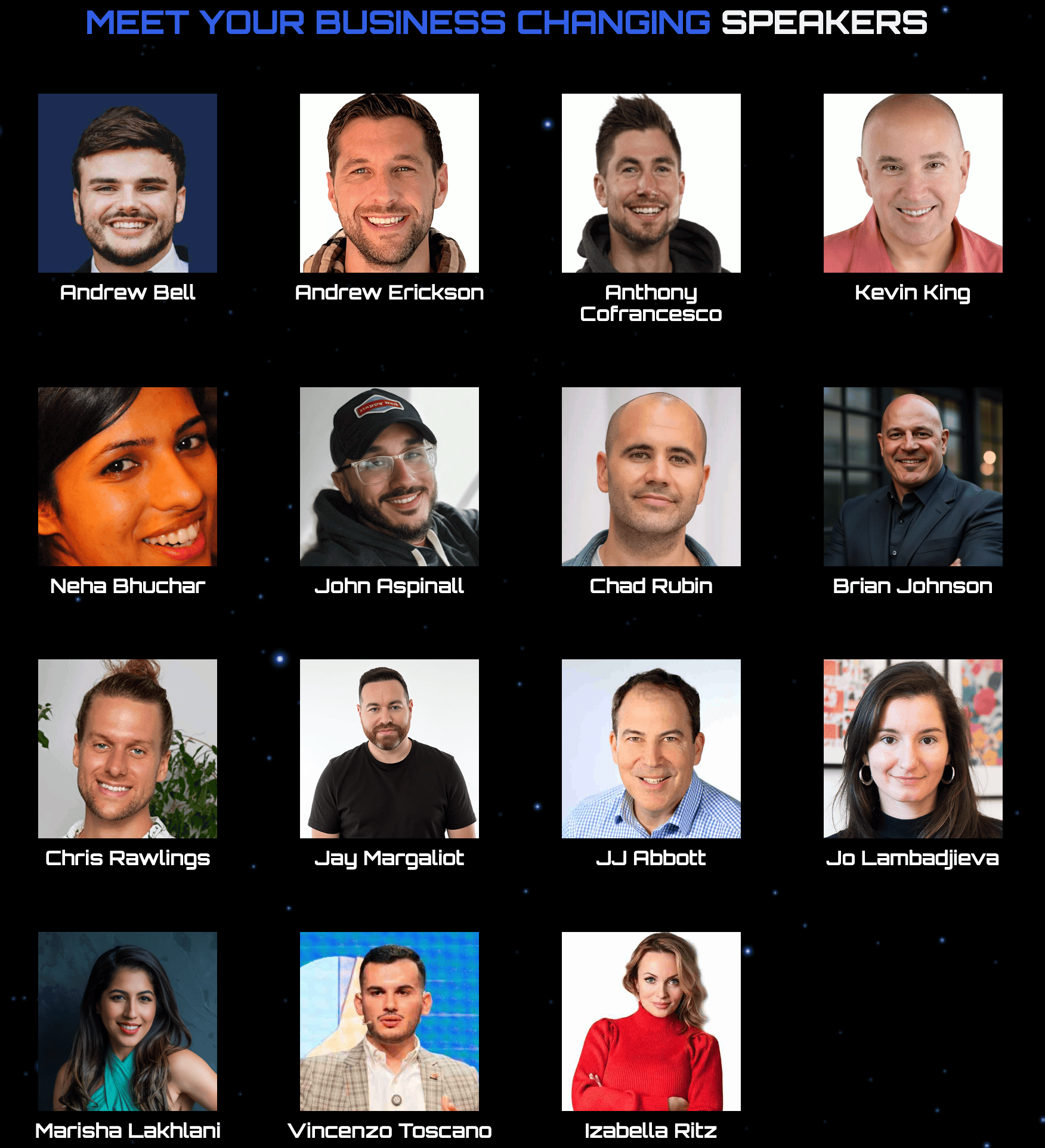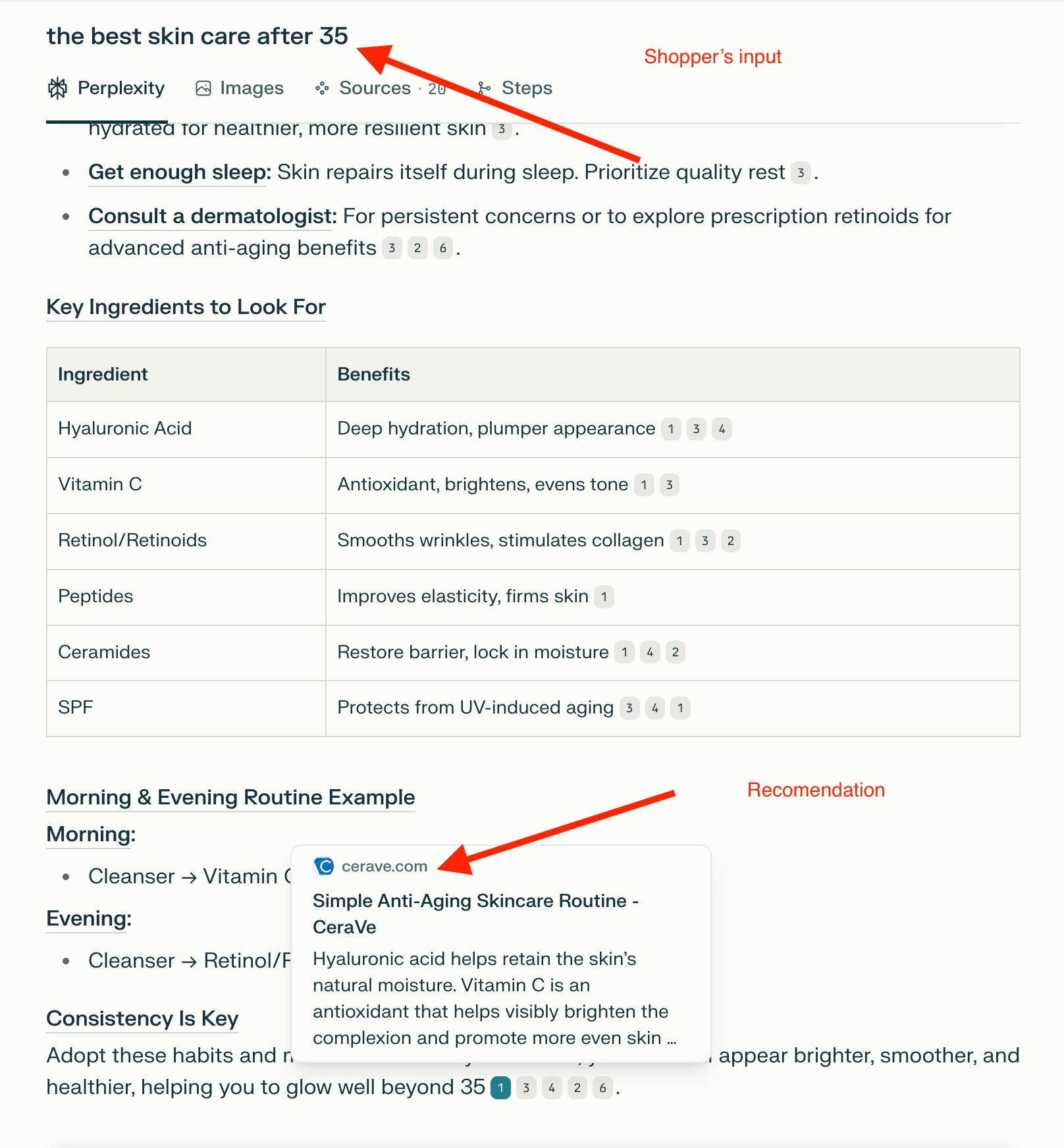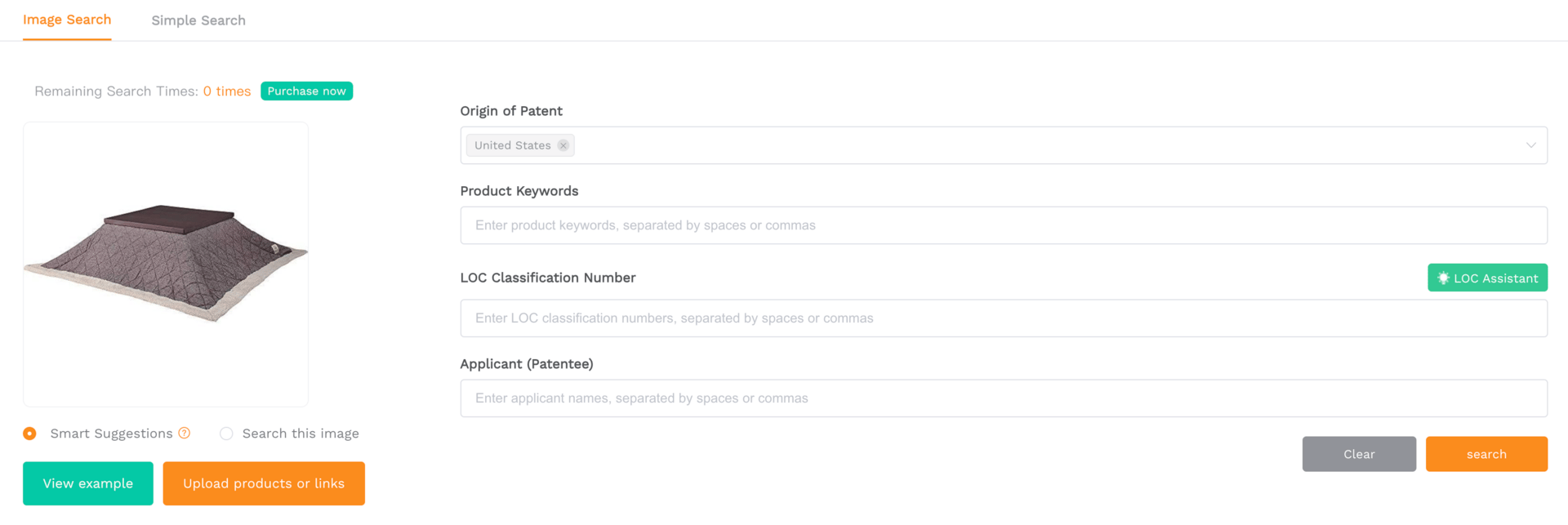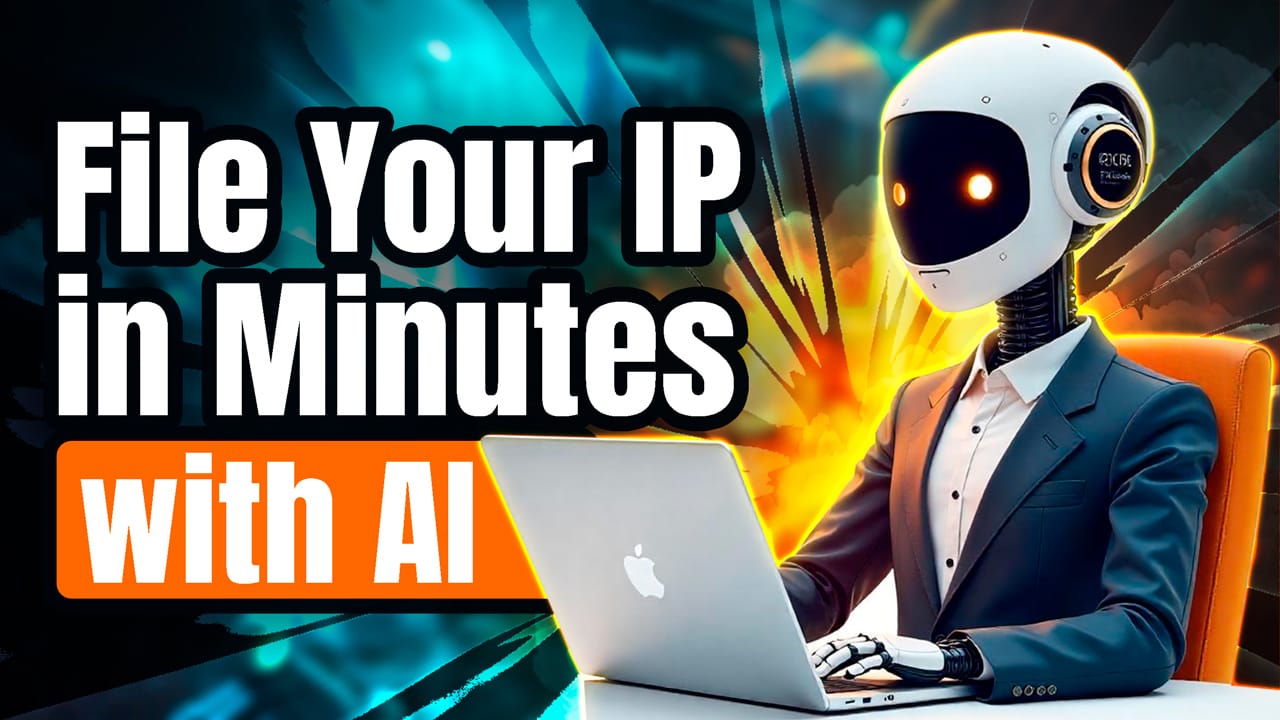- Ecom Product Finders
- Posts
- [EPFN] The Most Expensive Mistake Amazon Sellers Keep Making (And How to Dodge It)
[EPFN] The Most Expensive Mistake Amazon Sellers Keep Making (And How to Dodge It)
Trade-offs, tariffs, trademarks, and the AI trick to make ChatGPT rank your brand—not your competitor's. This one’s a must-read before Q4 kicks in.
Welcome to Issue #67 of the EcomProductFinders Newsletter! 🎉
🎤 32 Days Until BDSS 12—and You Need to Be in That Room

We’re officially 32 days out from BDSS 12—and if you’re in this Amazon chaos circus with the rest of us, this is the room you cannot afford to miss.
I’ll be speaking alongside some of the sharpest minds in the space, sharing what’s actually working right now—not last year, not recycled fluff—right now.
This is where real operators gather, and you should be here if you're serious about scaling.
You’ll hear from:
Anthony Cofrancesco, one of the most electric speakers in the Amazon space
Chris Rawlings, a genius when it comes to branding, systems, and scale
Chad Rubin, one of the smartest and most brutally honest minds in ecom
This is where deals are made, partnerships are born, and playbooks get rewritten.
Get your seat. Stay sharp. We’re not slowing down—and neither should you.


🧨 Let’s Get Real About Trade-Offs
Life is a game of trade-offs. Every decision you make comes with a cost—even if it’s not in dollars.
Working a 9–5? That’s expensive. You pay with your freedom, your creativity, your time.
Running your own business? That’s expensive too. You pay with stress, responsibility, and let’s be honest—probably some debt. But you gain the right to build something that’s yours.
And then there’s the little trade-offs people make every day. Buying cheap stuff, for example.
People don’t do that because they’re dumb—they do it because they’re okay with more hassle later. They’re okay with fixing, returning, replacing, regretting.
Others? They pay more upfront because they know that their time, their energy, and their peace of mind are worth more than the discount.
That’s why in life and business, you’ll always run into four types of people:
🧂 Cheap.
🧨 Difficult.
🎯 Sophisticated.
💎 High-ticket.
And you have to choose which one you are—and which ones you’re willing to serve, sell to, or work with.
Now let me tell you something personal—because I’m not immune to this either.
My lifestyle? It’s expensive.
Not “I just bought a yacht” expensive, but expensive in mental bandwidth, in choices, in expectations.
Sometimes I look at other people’s lives and think, Damn, maybe I’m doing too much.
But then I zoom out, and I realize: I chose this.
And if I want to keep it, I have to keep pushing, keep figuring it out, and keep earning it.
Cutting corners would be easier—but not better.
So if you’re in that same place—on the edge of hard choices—here’s my advice:
Don’t lower the bar.
Raise your game.
🛃 Why You Should Be Selling Low-Tariff (or Duty-Free) Products—Especially from Europe
If you're selling on Amazon and ignoring tariffs, you’re basically handing your margin to Uncle Sam and clapping while it happens.
Here’s why smart sellers are hunting for low-tariff or duty-free products (hello, Europe 🇪🇺):
More Margin, Less Drama – Tariffs eat your profit like termites. A 17% duty can kill your price game before you even launch.
Products from Europe often come in duty-free—which means you keep more, and your PPC doesn’t have to work overtime.
Cash Flow That Doesn’t Suck – European suppliers usually mean faster shipping. Less time stuck on a boat = more inventory turns, more cash in hand, and fewer “out of stock” nightmares.
No Customs Roulette – Let’s be real: customs delays from China can destroy your launch timeline. With Europe? You’re dealing with suppliers who play by the compliance book. Less risk, less stress, more predictability.

So yeah—when you’re picking products, it’s not just about what sells. It’s about how cleanly and quickly you can move it. And tariff-free = cleaner and quicker.
🧠 How to Get LLMs to Talk About You (Not Your Competitor)
Let’s get real—Google is getting ghosted.
People aren’t just typing “best hair brush” or “affordable standing desk” into search bars anymore—they’re asking ChatGPT. Or Claude. Or Perplexity. They want curated answers, fast takes, and fewer ads.
And if your brand isn’t showing up in those answers? You’re officially invisible.
That’s why I hosted a masterclass today on how to make LLMs talk about your brand like it’s the next big thing—and let me give you the cheat sheet:

Step 1: Reverse engineer your niche’s top LLM queries. Ask ChatGPT or Claude what people are typing when they research your category. (Example: “What hair type is best for frizz control?” or “Which baby monitor doesn’t require WiFi?”)
Step 2: Create articles based on those exact phrases. Yes, I’m talking word-for-word. Write content where the phrase isn’t just mentioned—it’s the headline. Use bullet points to answer real customer pain points—like you're solving their problem before they even click "enter."
Step 3: Post at least two a day. Yes, every day. This is how you train the LLMs to learn your name—and serve it up when shoppers go hunting.
This isn’t SEO like we knew it. This is LLM-EO, and it’s already shifting traffic, attention, and sales.
Want access to the full replay of today’s masterclass?
It’s a paid one—but if you want in, just reply to this email and I’ll send you the purchase link.
Your future customers are no longer Googling.
They’re prompting.
Make sure their next prompt ends with your brand. 💥
🕵️♀️ How to Manually Check for Patents Before You Launch

Before you move forward with any product, checking for existing patents is non-negotiable—especially if you're customizing or improving a design.
You don’t need a patent attorney just to run a basic search.
If you're using SellerSprite, there's a built-in tool that lets you manually check for potential patent conflicts. You can access it directly from any Amazon listing by clicking "Check Patent"—which opens a dedicated interface for running a search.
From there, you can:

Input the country of origin (since patents are territorial)
Add keywords, classification numbers, or even links and product images
Search against the global patent database, including design patents
The system pulls up relevant results, helping you spot potential red flags before you invest in manufacturing. There's a 30-day free trial available here, and if you decide to continue, the paid version is just $20/month — you are welcome :-)
It’s a practical step that can save you tens of thousands in the long run—and it takes just a few minutes.
Learn AI in 5 minutes a day
This is the easiest way for a busy person wanting to learn AI in as little time as possible:
Sign up for The Rundown AI newsletter
They send you 5-minute email updates on the latest AI news and how to use it
You learn how to become 2x more productive by leveraging AI
⚖️ Filing Trademarks and Patents Just Got Simpler
Filing a trademark or patent has traditionally been a costly and complicated process.
Whether you're paying thousands to an IP attorney or navigating USPTO.gov on your own, it's time-consuming, error-prone, and often intimidating—especially for first-time sellers.
Last week during Tactical Tuesday, I hosted with Rey Barcelo, the creator of Zero2IP AI—a tool designed to streamline this exact process using OpenAI.
The tool allows you to create draft trademark and patent applications directly inside ChatGPT, using structured prompts and responses to guide you through the information needed.
It doesn’t replace legal review, but it gives you a clear, accurate starting point without needing to guess or rely on outdated forms.
You can watch the full Tactical Tuesday replay to see it in action, or go straight to the tool here.
This kind of technology is making IP more accessible—and that matters if you’re building a brand that’s meant to last.
“You can pay with money, or you can pay with time.
Talk soon,
Izabella ❤️


